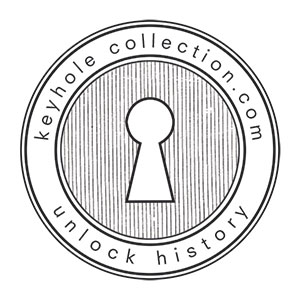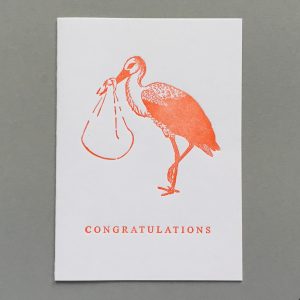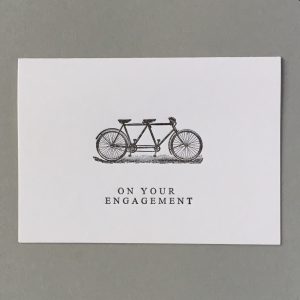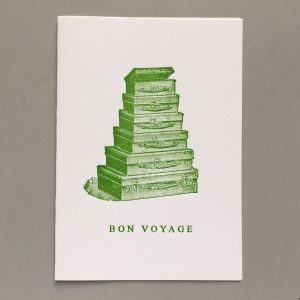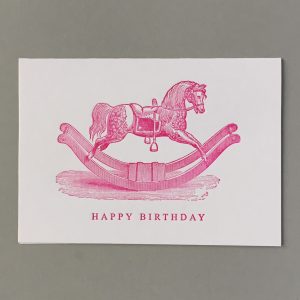Human Heart. Be my Valentine
In 1698 William Cowper published his first edition of The anatomy of the Humane Bodies. It gained great fame but was surrounded by controversy and some have called the greatest ever act of plagiarism in medical publishing. Goddard Bidloo published his Anatomia Humani Corporis in 1685 and it contained 105 beautiful plates by Gerard de Lairesse. Sales went poorly for Bidloo and his publishes sold an unbound version of the gigantic book to Cowper.
Cowper proceeded to write a new English text to accompany the plates, many of them showing a great deal of original research and fresh new insights. He also commissioned nine new plates drawn by Henry Cooke. A lengthy and complicated dispute ensued as Cowper never properly credited Bidloo claiming that he had himself bought the drawings from the widow of another anatomist, Swammerdam. Whatever the truth may be, it is undeniable that Cowper was a great anatomist and surgeon in his own right – and that he clearly did not give Govard Bidloo proper credit for his involvement in this work.
Royal College of Physicians and Surgeons Of Glasgow
The Royal College of Physicians and Surgeons of Glasgow has been Scotland’s foremost representative body for surgeons, doctors and dentists since 1599. Over four hundred years the College has accumulated a fascinating and often macabre collection of medical memorabilia, artefacts and instruments. Among the most treasured texts are a first edition of Vesalius’ landmark 1543 anatomy text, ‘De Humani Corporis Fabrica’, and a rare copy of Bartisch’s 1583 ‘Ophthalmodouleia’ with moveable flaps, called fugitive sheets, to provide a detailed anatomical study of the eye.

